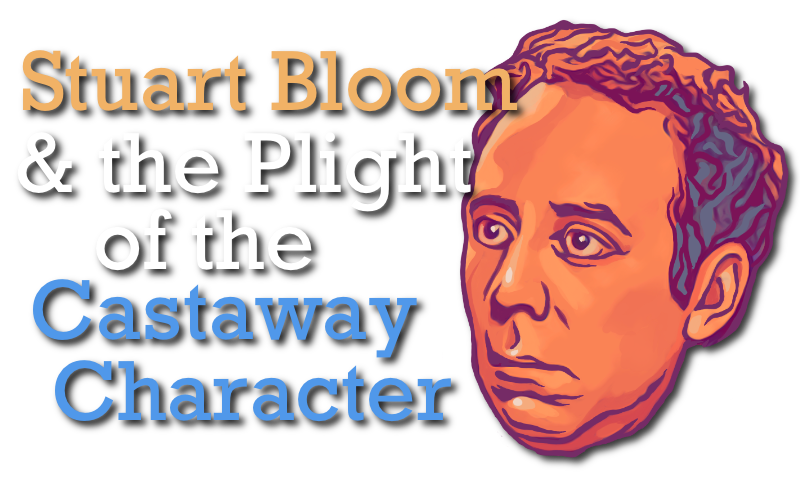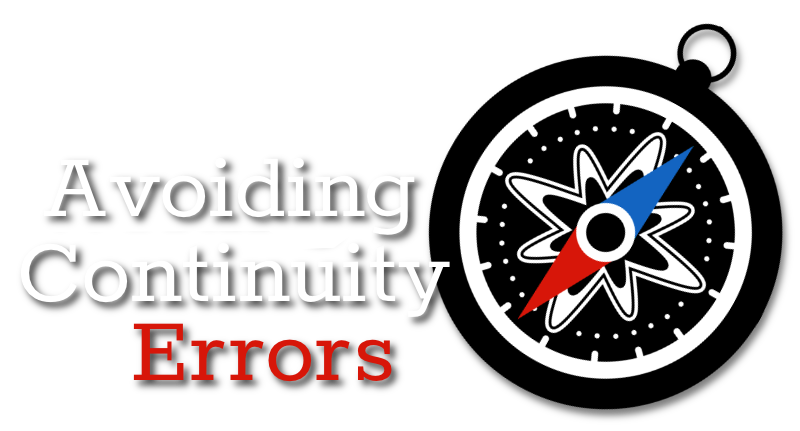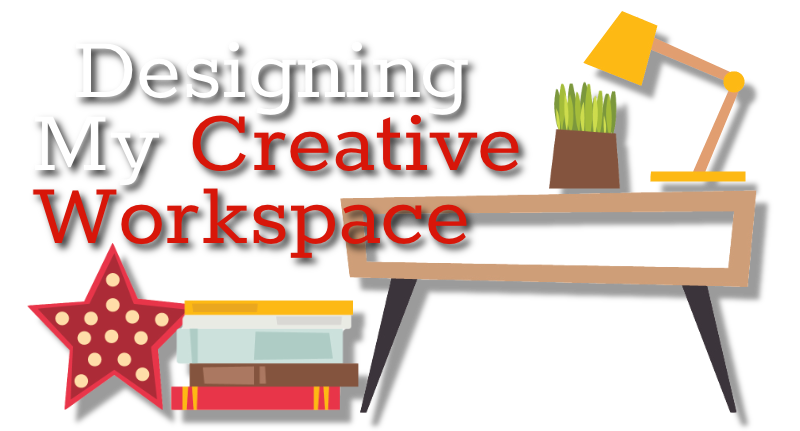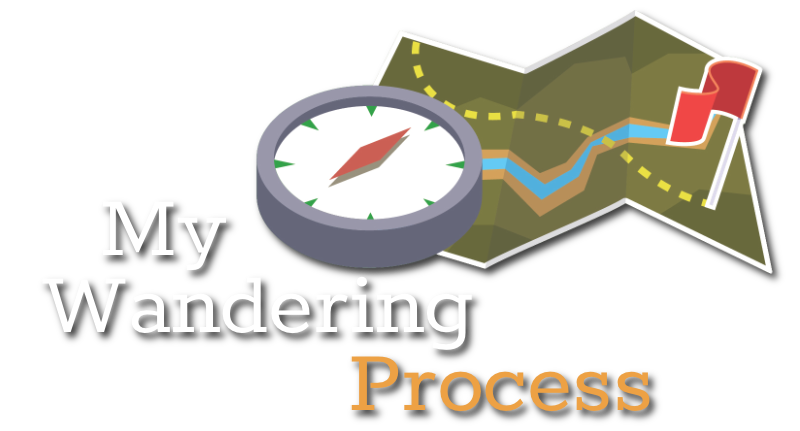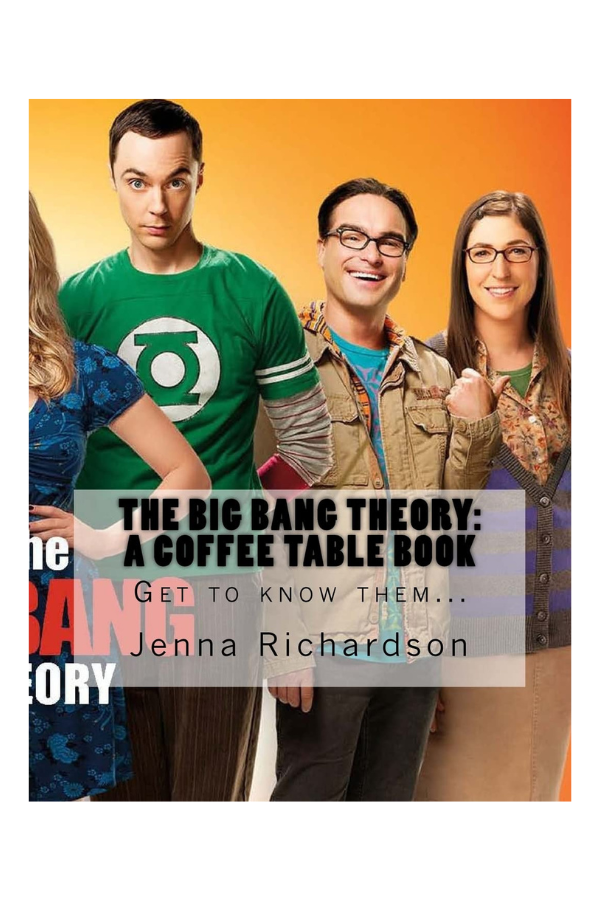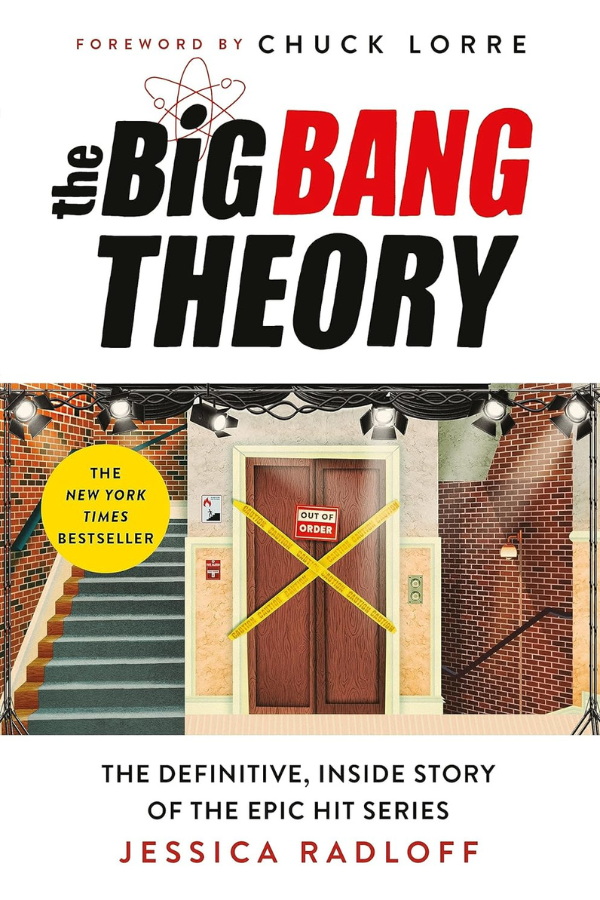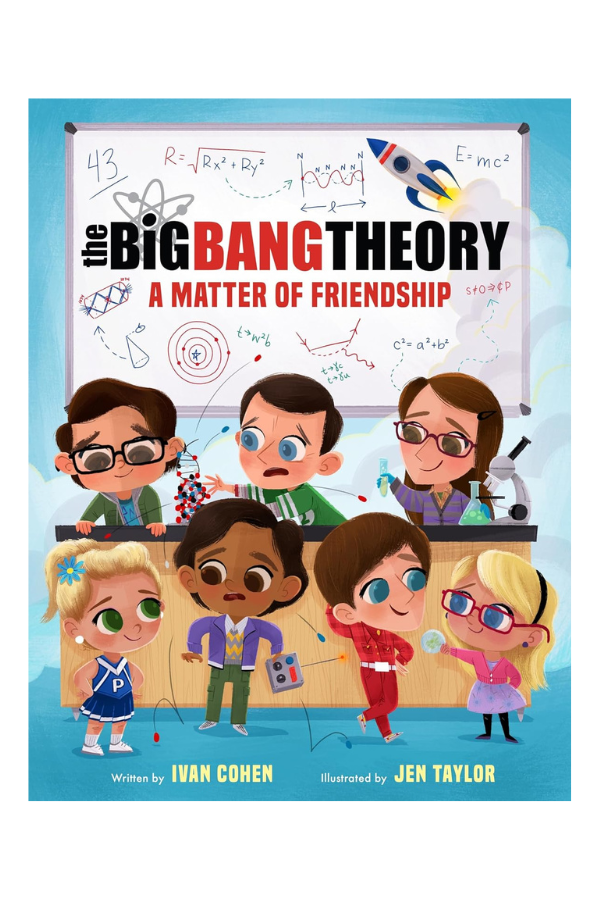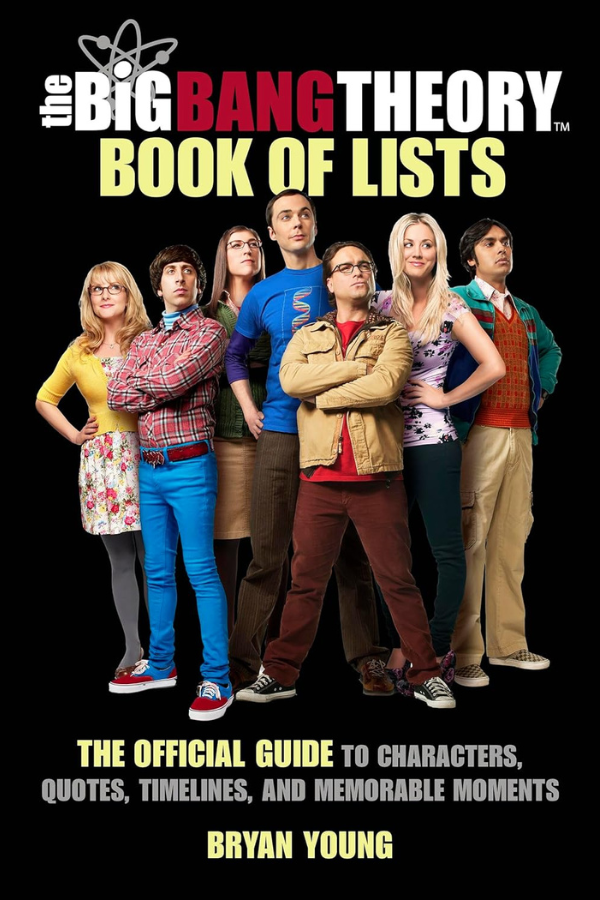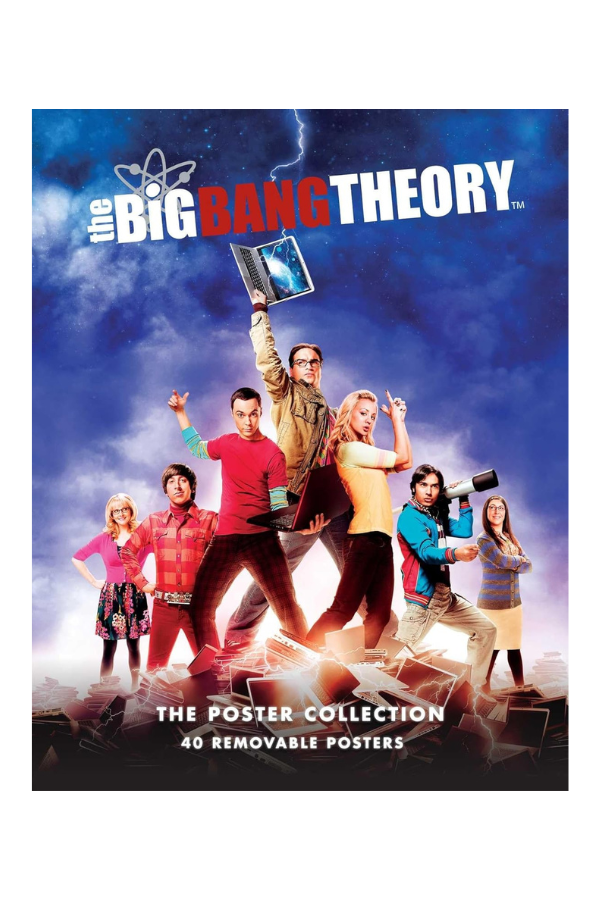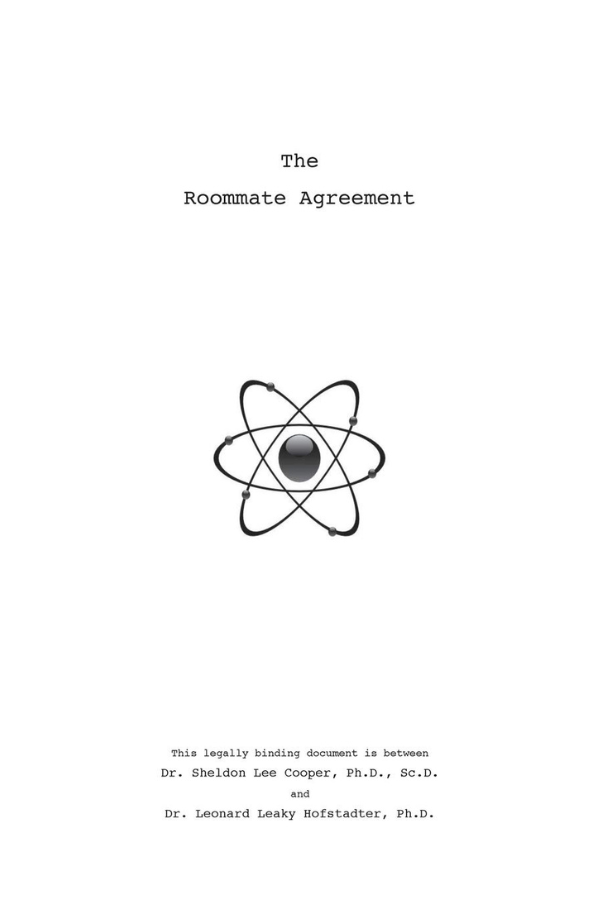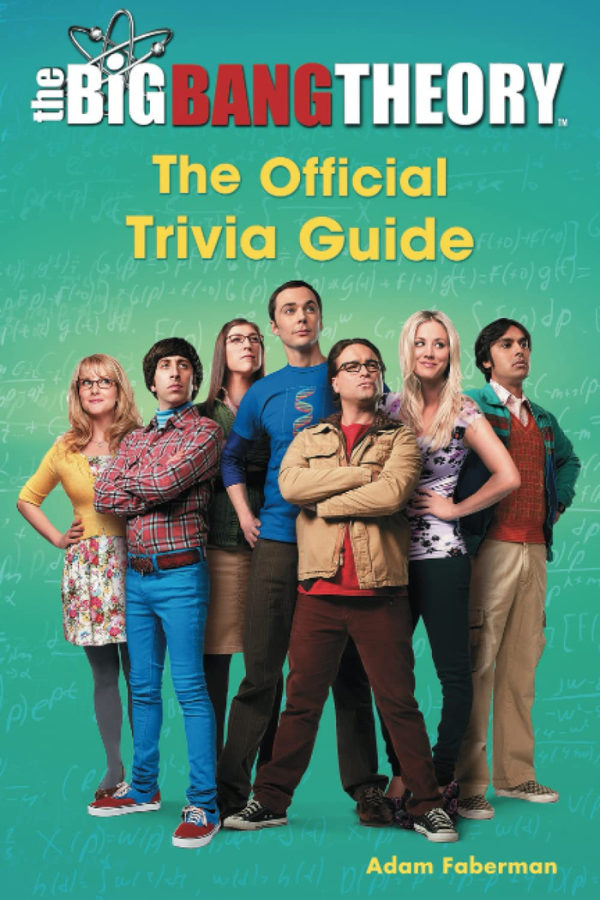<< BACK TO POP CULTURE
April 25, 2022:
Recently, I binge-watched all twelve seasons of The Big Bang Theory on HBO Max. I had not seen the show since 2010, but remembered it as an innovative comedy about four nerds with extraordinary intellects and profound social anxiety issues. Upon completion, I no longer hold that opinion. While I enjoyed the early seasons, as the show progressed it became a predictable, garden variety sitcom. The characters went from nerdish outliers to humdrum soccer moms and dads who, we were constantly told, could only find true happiness by conforming to society’s expectations. Sheldon was forced to give up his asexual ways; Leonard and Penny went from television’s most unlikely couple to television’s most boring couple; the lecherous Howard settled down to become a semi-responsible husband and father of two; and Raj whined endlessly about his privileged life was until you wanted to punch him in the face.
As disappointing as these recurring character arcs were, that of Stuart Bloom annoyed me even more. In case you don’t remember, Stuart was the owner of the local comic book store. He was originally presented as a nebbish businessman who turned his childhood passion into a successful enterprise. He had a variety of celebrity friends including Wil Wheaton, and even scored a date with the much-coveted Penny. But what happened to him over the next eleven years turned him from a stock character into a castaway character.
So what's the difference between the two?
Stock characters are non-personalities meant to perform a simple function to advance the story. They are the bartender, the waitress, the flight attendant, the doorman, the mail carrier, etc. You don’t know anything about them personally, and it doesn’t matter. Castaway characters are similar, but usually with more backstory and often used to manipulate the reader/viewer into an emotional response. One of the best examples of castaway characters would be the “redshirt“ security guards from the original Star Trek series. These poor bastards were famously assigned to USS Enterprise landing parties, only to be killed tragically ten minutes later. They were sacrificial lambs intended to produce a moment of tragedy that propelled the drama for the main characters, i.e. Kirk, Spock, Dr. McCoy, etc.
Introduced during The Big Bang Theory‘s second season, Stuart was only one of a handful of minor characters that made it all the way to season twelve, but his purpose remained elusive. Over time, he devolved more and more into a lonely, socially inept, creepy loser whose only purpose was to make the other characters look less pathetic by comparison. Even Raj, who was at one time Stuart's best friend, eventually came to revile him. In the final season, when the writers chose to give Stuart a girlfriend, it was a contrived attempt to give a happy ending to the show’s saddest character. Like all his other plotlines, it didn’t work.
Regardless, Stuart has lessons to teach us.
If you’re writing fiction, you will in always have characters who fulfill their purpose or outlive the narrative and must be eliminated. However, you do a disservice to your readers if you set them up as castaways from the very beginning. Instead of using this lazy device, take the time and effort to craft meaningful characters with compelling backstories. Keep stock characters of all kinds to a minimum so when your story evokes an emotional response it's coming from an authentic place. For works in progress, assess whether you have any castaway characters, and if so, if their purpose is necessary or can be rewritten. By doing so, you'll not only eliminate a sloppy writing technique, but will be less likely to piss off your readers when they see it for what it is.
April 25, 2022:
Recently, I binge-watched all twelve seasons of The Big Bang Theory on HBO Max. I had not seen the show since 2010, but remembered it as an innovative comedy about four nerds with extraordinary intellects and profound social anxiety issues. Upon completion, I no longer hold that opinion. While I enjoyed the early seasons, as the show progressed it became a predictable, garden variety sitcom. The characters went from nerdish outliers to humdrum soccer moms and dads who, we were constantly told, could only find true happiness by conforming to society’s expectations. Sheldon was forced to give up his asexual ways; Leonard and Penny went from television’s most unlikely couple to television’s most boring couple; the lecherous Howard settled down to become a semi-responsible husband and father of two; and Raj whined endlessly about his privileged life was until you wanted to punch him in the face.
As disappointing as these recurring character arcs were, that of Stuart Bloom annoyed me even more. In case you don’t remember, Stuart was the owner of the local comic book store. He was originally presented as a nebbish businessman who turned his childhood passion into a successful enterprise. He had a variety of celebrity friends including Wil Wheaton, and even scored a date with the much-coveted Penny. But what happened to him over the next eleven years turned him from a stock character into a castaway character.
So what's the difference between the two?
Stock characters are non-personalities meant to perform a simple function to advance the story. They are the bartender, the waitress, the flight attendant, the doorman, the mail carrier, etc. You don’t know anything about them personally, and it doesn’t matter. Castaway characters are similar, but usually with more backstory and often used to manipulate the reader/viewer into an emotional response. One of the best examples of castaway characters would be the “redshirt“ security guards from the original Star Trek series. These poor bastards were famously assigned to USS Enterprise landing parties, only to be killed tragically ten minutes later. They were sacrificial lambs intended to produce a moment of tragedy that propelled the drama for the main characters, i.e. Kirk, Spock, Dr. McCoy, etc.
Introduced during The Big Bang Theory‘s second season, Stuart was only one of a handful of minor characters that made it all the way to season twelve, but his purpose remained elusive. Over time, he devolved more and more into a lonely, socially inept, creepy loser whose only purpose was to make the other characters look less pathetic by comparison. Even Raj, who was at one time Stuart's best friend, eventually came to revile him. In the final season, when the writers chose to give Stuart a girlfriend, it was a contrived attempt to give a happy ending to the show’s saddest character. Like all his other plotlines, it didn’t work.
Regardless, Stuart has lessons to teach us.
If you’re writing fiction, you will in always have characters who fulfill their purpose or outlive the narrative and must be eliminated. However, you do a disservice to your readers if you set them up as castaways from the very beginning. Instead of using this lazy device, take the time and effort to craft meaningful characters with compelling backstories. Keep stock characters of all kinds to a minimum so when your story evokes an emotional response it's coming from an authentic place. For works in progress, assess whether you have any castaway characters, and if so, if their purpose is necessary or can be rewritten. By doing so, you'll not only eliminate a sloppy writing technique, but will be less likely to piss off your readers when they see it for what it is.

